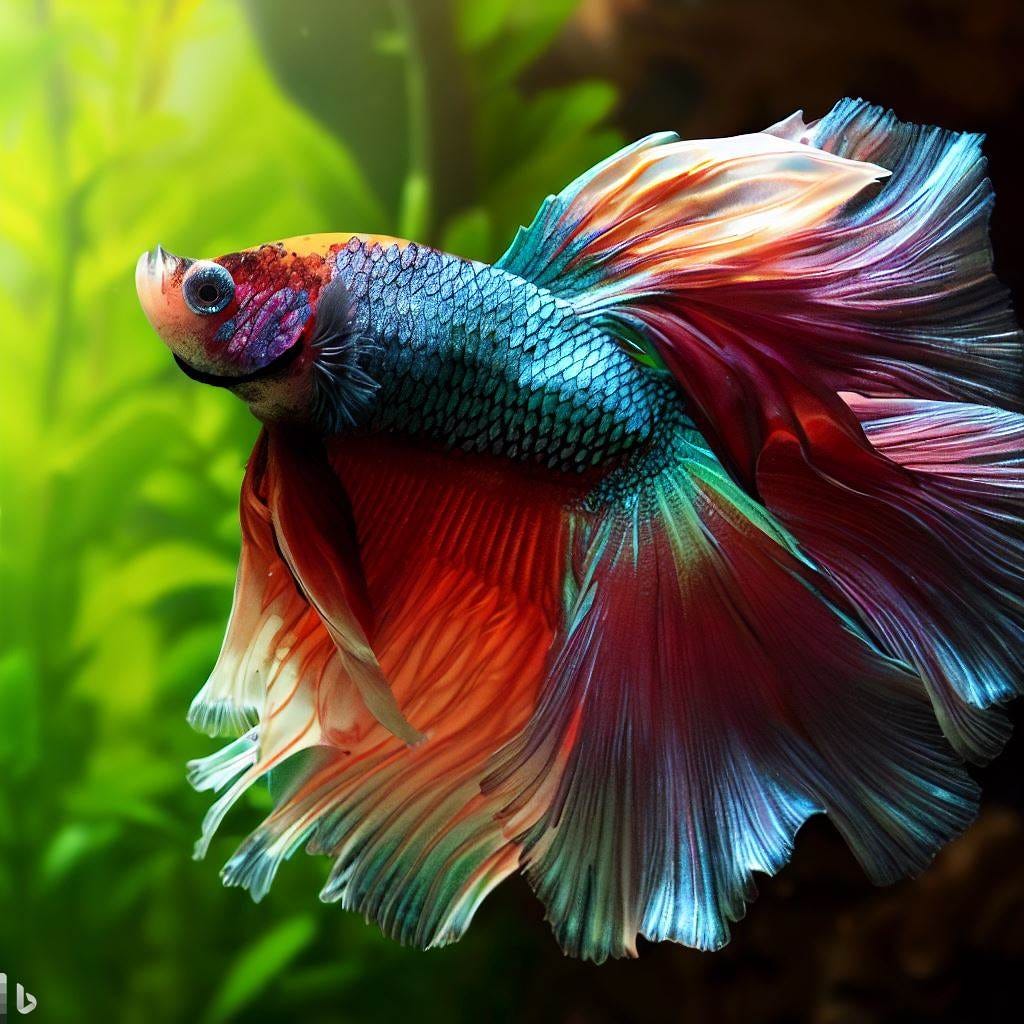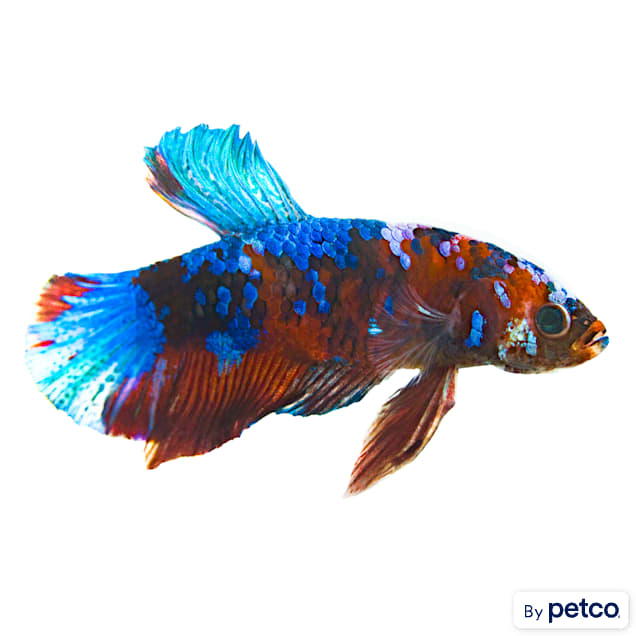How to Select the Right Betta Fish for Your Fish tank
How to Select the Right Betta Fish for Your Fish tank
Blog Article
All Regarding Betta Fish: Understanding Their Unique Requirements, Behavior, and the most effective Practices for Ideal Care
Recognizing the special requirements and actions of Betta fish is necessary for any type of aquarist looking to supply ideal care. These captivating animals, native to the warm waters of Southeast Asia, show distinct territorial propensities and need specific environmental problems to thrive. From selecting the right container size to recognizing prospective wellness issues, different variables considerably affect their health. As we explore these elements additionally, the effects for both novice and skilled fish keepers end up being significantly evident, raising concerns regarding exactly how ideal to suit these remarkable fish in our homes.
Betta Fish Overview
Although frequently admired for their vibrant colors and moving fins, Betta fish, medically called Betta splendens, are complicated creatures that require specific like grow. Stemming from Southeast Asia, these freshwater fish are understood for their territorial nature and distinct behaviors. Betta fish show sex-related dimorphism, with males showing much more vivid shades and longer fins than women.
Their aggressive tendencies, specifically amongst males, necessitate mindful factor to consider when housing them. Bettas are frequently kept in single-specimen tanks to avoid territorial disagreements. Nevertheless, they can exist together peacefully with particular suitable types in larger area storage tanks, provided the setting satisfies their needs.

To make sure optimum treatment, aquarists must understand their distinct behavioral qualities, nutritional demands, and environment needs. betta fish. With correct attention, Betta fish can exhibit their vibrant characters and grow in a properly maintained fish tank setup
All-natural Environment and Atmosphere
Betta fish thrive in a varied array of all-natural habitats, primarily located in the superficial waters of Southeast Asia, including rice paddies, swamps, and slow-moving streams. These environments are identified by cozy temperatures, generally in between 75 ° F and 82 ° F(24 ° C and 28 ° C ), and a pH degree ranging from 6.5 to 7.5, which is ideal for their wellness and wellness.
In their natural environments, Betta fish are accustomed to dense vegetation, giving both sanctuary and breeding premises. The existence of plants such as drifting water lilies and thick lawns not only supplies security from killers however also adds to the oxygenation of the water, which is important for their respiratory system requirements. Additionally, these settings frequently have locations of still water, enabling Betta fish to show their natural actions such as bubble nesting.
Comprehending the all-natural environment of Betta fish is essential for fish tank enthusiasts. Reproducing these conditions-- with water temperature level, pH balance, and the incorporation of live plants-- can significantly improve the total health and long life of these captivating fish, ensuring they grow in a home aquarium setup.
Social Actions and Interactions
Recognizing the social behavior and interactions of Betta fish is crucial for successful aquarium monitoring. Betta fish, or Siamese fighting fish, are known for their one-of-a-kind behavioral qualities, identified primarily by territoriality and hostility. Men, in particular, show very hostile behaviors in the direction of one an additional, leading to the notorious track record of Betta fish as boxers. In a confined area, 2 males can take part in fierce battles, often resulting in injury or death.
On the other hand, women Bettas show much less hostile actions and can coexist in groups, known as sororities, if introduced appropriately. It is crucial to monitor their communications very closely, as Recommended Reading power structure and prominence can lead to problems. Understanding the dynamics within a Betta community is crucial; developing concealing areas and guaranteeing adequate space can alleviate hostility.
Additionally, Betta fish may additionally present interest and social behaviors in the direction of various other species. While they can coexist with particular non-aggressive storage tank mates, it is vital to choose suitable species to avoid anxiety and hostility. Overall, identifying these social interactions is vital to fostering a harmonious fish tank atmosphere for Betta fish.
Important Treatment Guidelines
Giving proper treatment for Betta fish is crucial to their health and wellness and health. Regular water modifications-- about 25% weekly-- assistance keep water quality.
Betta fish need an ideal tank size; a minimum of 5 gallons is advised to offer appropriate room for swimming and hiding. Include designs and plants to produce a revitalizing setting, but avoid sharp items that can damage their delicate fins.

Last but not least, make click to investigate sure the storage tank is furnished with a filter to keep the water clean, yet make use of a gentle filter to avoid solid currents that can worry the fish. By complying with these vital care guidelines, proprietors can promote a healthy and vivid Betta fish.
Common Health And Wellness Issues and Solutions
In the treatment of Betta fish, awareness of usual health and wellness issues is crucial for preserving their well-being. To deal with fin rot, improve water problems and consider utilizing a broad-spectrum antibiotic.
One more usual condition is ich, a parasitic infection defined by white spots on the fish's body (betta fish). Therapy involves boosting water temperature and including aquarium salt to the storage tank, as this can aid eliminate the bloodsucker
Swim bladder condition is additionally frequently observed, causing buoyancy troubles. This condition may emerge from overfeeding or irregularity. A fasting duration of 24-48 hours, followed by a diet regimen of blanched peas, can supply alleviation.
Finally, bettas may experience velvet disease, shown by a gold dust-like appearance on their skin. Therapy generally calls for medication particularly created for exterior parasites, alongside enhanced container health.
Normal monitoring of water parameters, preserving a clean atmosphere, and giving a well balanced diet are essential safety nets. By resolving these health issues promptly, Betta fish can lead healthier, more lively lives.
Verdict
In recap, effective betta fish treatment calls for an understanding of their special requirements and habits. Supplying an appropriate setting, consisting of proper storage tank size and water conditions, is vital for their wellness. Furthermore, recognizing their territorial nature and guaranteeing sufficient hiding places can protect against aggressiveness. Normal tracking of health and wellness and water quality, together with a balanced diet regimen, adds to the durability and vibrancy a fantastic read of betta fish. Complying with these guidelines will certainly promote a flourishing aquatic environment for these fascinating creatures.
Report this page